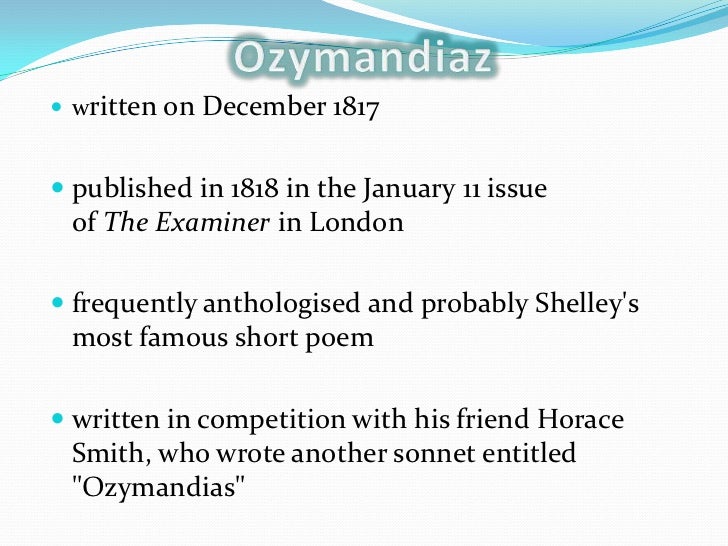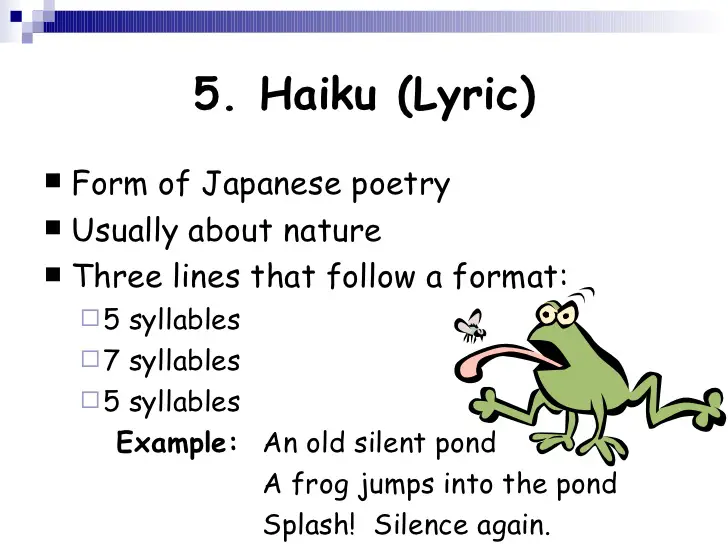
The heart referred to here is of Ozymandias. The sculptor mocked Ozymandias by showing him in a way that he could not himself perceive. Mocked means to imitate in an insulting way. The hand refers to the hand of the sculptor. The statue is made of stone and is without life. The expressions on the Pharaoh’s face have stood the test of time and still survive. The sculptor knew the Pharaoh well and understood his expressions well and carved the same on the face of his statue. He wanted everyone to fawn and obey his orders. “Sneer of cold command “ means Ozymandias was arrogant and excessively proud of himself. “Wrinkled lip” implies a disdainful attitude, showing contempt. The face had an unpleasant frowning expression on it. Near the legs on the sand, half buried in it was a shattered face. There was something else on the sand near the two huge legs. The word ‘desert’ also implies isolation and loneliness. There was no torso and hence it is called “trunkless “. The traveller saw two huge legs, made of stone. He was also a tyrant and was the ruler of Egypt, when Moses led the Israelites out of captivity. He was a great and powerful Pharaoh a military conqueror and a master builder. It was of King Ramesses II, known as Ozymandias in Greek. The traveller starts describing a broken statue, he saw in the desert. The remaining thirteen lines are described by the mysterious traveller. The first person narrative stops with the first line. The poem begins in the first person with the use of the personal pronoun ‘I’. The poet met a traveller from Egypt, referred as “an antique land”. Work of art endures and stands the test of time. The poem drives home the message that power and pride cannot beat time. Ozymandias was a tyrannical ruler and proud of his power. The pieces are scattered on the desert sand. There’s nothing remaining of the statue apart from its wreck. The poet meets a traveller from Egypt, who describes the statue. It describes the ruined statue of a powerful king, lying in a state of neglect in the desert. ‘Ozymandias’ is one of the best known sonnets in English literature. The lone and level sands stretch far away.” Of that colossal Wreck, boundless and bare Look on my Works, ye Mighty, and despair! The hand that mocked them, and the heart that fed Which yet survive, stamped on these lifeless things,

Tell that its sculptor well those passions read Half sunk a shattered visage lies, whose frown,Īnd wrinkled lip, and sneer of cold command, Who said-“Two vast and trunkless legs of stone

He died in a drowning incident at the age of 30, in Italy. His poetry uses powerful symbolism and imagery it also reflects the themes of love, liberty and nature. He had highly radical, social and political views which were against the existing norms of his time. Eventually, all drift away like an insignificant piece of sand.Shelley is one of the major poets of the Romantic Age in English literature. Regardless of power, wealth and status, everyone is human. The transience of life, is a key concept. This poem has both a moral and political message. The irony is, he died and_ the statue lays in disrepair _in a deserted area.

_The King was a harsh dictator believing that he was a god and that he would outlast everything and everyone. He explains that the sculptor did a good job in making an inanimate object, realistic. The poem is about_ a traveller who tells the narrator about the remains of Pharaoh’s statue. If anyone would know how great I am and where I lie, let him surpass one of my works.” Plot The base of the statue (when translated) read: “King of Kings I am, Osymandias. Egyptians were highly superstitious and believed that their legacy would continue to exist in the underworld. At that time, a large part of a statue depicting the Egyptian Pharaoh Ramses II was unearthed.


 0 kommentar(er)
0 kommentar(er)
